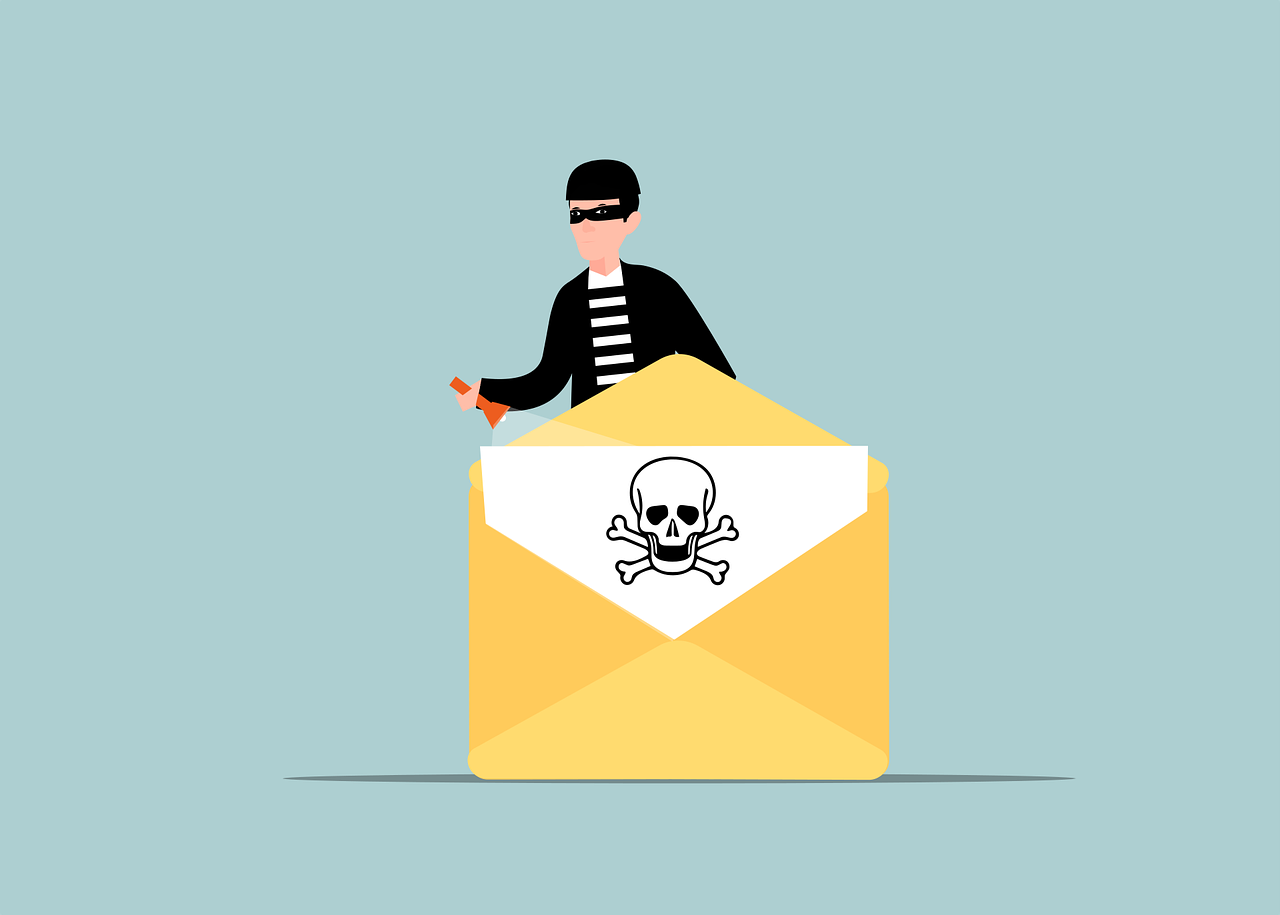
Hello, everyone.
Today I need to remind you that Office 2016 and Office 2019 are nearing their end of support as determined by Microsoft. I also want to answer a question clarifying the important differences between spam/junk email and phishing email.
Important Information
- Office 2016 and Office 2019 Reminder
- In last week’s newsletter I reminded you that Windows 10 is officially reaching end of support on October 14, 2025.
- Office 2016 and Office 2019 will also officially reach end of support on October 14, 2025.
- This means that after this date, Microsoft will no longer provide software updates, technical assistance, or security updates for these older versions.
- Without these updates and security patches, your computer, email, and account will become more vulnerable to all security threats.
- This also means your account could be more likely to become compromised!
- UTK’s OIT Software Distribution site offers the UTK preferred Office version, which is Microsoft Office 365 for Windows.
- If you use macOS, the software distribution site currently offers Office 2021 but that will change in the somewhat near future, as the end of support date for Office 2021 is October 13, 2026.
- *If you are with the UT College of Veterinary Medicine, the CVM Support group will help you will this.*
- *If you are with UT Extension or UT AgResearch and Education Centers across the state, your regional IT staff will help you with this.*
- If you are located on the Knoxville campus or one of the Knoxville-area locations that gets assistance from the UTK OIT HelpDesk, please call (865) 974-9900 if you need help.
- In addition to getting the most up-to-date and secure version of Office, it will ensure Outlook will have the very important “Report” button for reporting phishing and junk emails, which immediately gets the reported emails in front of those at UT, not Microsoft, who can take care of the email.
- OIT does understand that many users, not just at UTIA, still use one of the older versions but once these versions reach end of support, you will no longer be able to forward the emails to OITAbuse because you are using the unsupported versions.
Ask Your CISO
- Can you please explain the difference between spam and phishing emails?
- Thank you for the great question!
- Spam email, also referred to as junk email, is unsolicited email the sender usually sends out in bulk.
- The email is often promotional, offering free tickets to events, coupons, products, etc.
- These emails are very much like a cold call from someone trying to sell you something on the phone.
- One good example of what I would call “junk email” is a recent unsolicited email sent to many of UTIA’s departments from a company saying they work for UTK to sell branded merchandise.
- These are typical signs of a junk (spam) email.
- The vendor rep keeps emailing to the point of irritation, often being so bold as to ask why you haven’t responded.
- The vendor may even tell you to reply if you no longer wish to receive emails, but please don’t reply.
- While most of these emails are harmless, although very annoying, some of them may actually contain malware.
- My general thought is that if I never asked you for information and I have never heard of your company, then I am not obligated to respond (especially if you keep harassing me).
- I highly recommend that you report the email as Junk using the red Report button in the Outlook ribbon and that may help remove the emails from other inboxes if it appears the junk has been sent to a lot of UT addresses.
- You can also Block Sender using the option in the Outlook ribbon that should be three buttons to the left of the Report button, which will put any email from that specific sender address in your Quarantine folder.
- You can do either e or f (above), but you can’t do both with the same email, as either of these will remove that specific email from your inbox.
- A phishing email is the dangerous kind of email that uses social engineering tactics to trick you into clicking on malicious links or attachments which will download malware, or trick you into giving your personal information.
- Phishing emails may impersonate real companies in order to get you to click on a link that could take you to a fake and nefarious website.
- Phishing emails may also appear to come from someone with whom you work, but the sender’s email address will have a non-UT domain.
- Phishing emails will often use a sense of urgency to trick you into doing something without taking the time to think it through.
- Phishing emails use techniques to trick you into giving your password, credit card information, account information, or social security numbers in order to steal your identity.
- Both types of emails are problematic, but think of it in this way… junk (spam) emails are basically notifications or advertisements you did not ask to receive, while phishing emails are manipulative attempts to steal personal information or money.
- Any time you have ANY questions, doubts, or concerns about an email, feel free to forward it to me.
- Please know that I do not click on any attachments or links, but I do fully investigate.
- If it turns out that something you forwarded to me happens to be a phishing attempt, I now have the ability to look in our email records and delete that email from any inbox within the UT System that has received it.
I always appreciate any questions or comments you have, so please don’t ever hesitate to contact me!
Sandy
Important Note: Thank you so much for sharing these e-newsletters with family, friends, clients, students, and anyone else who may benefit from the information. I would like to stress that you should keep your students in mind, as non-employee students will not get this information without someone sharing. If anyone else has an email group for students who are not employees of your department, please let me know that address and I can include it. I do this as a blind copy so student names and addresses will not show up!
